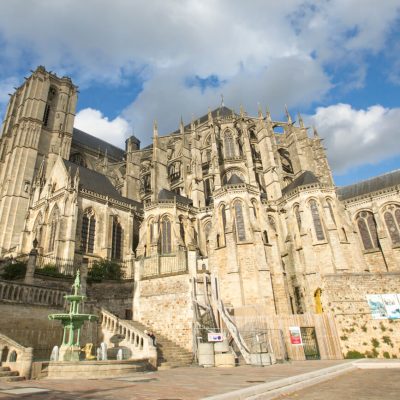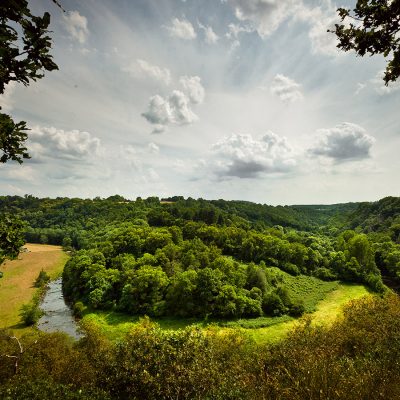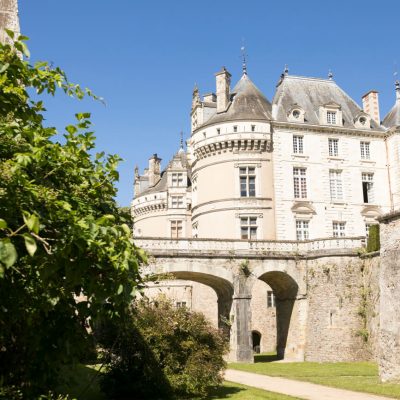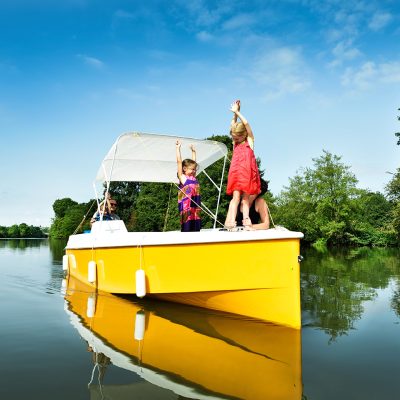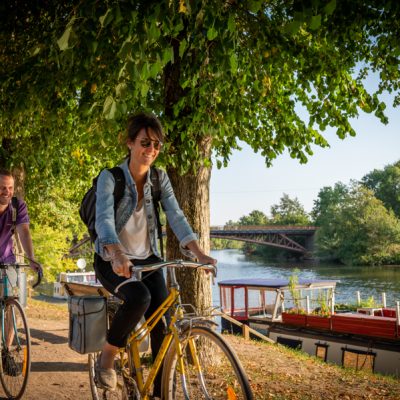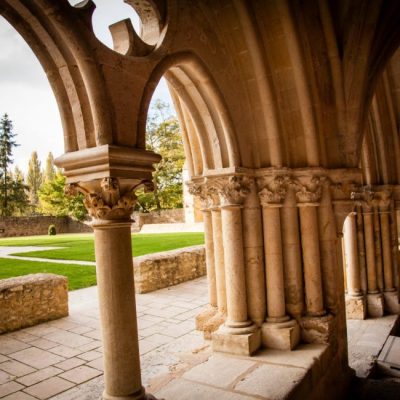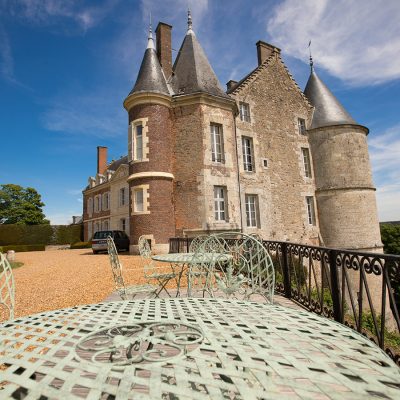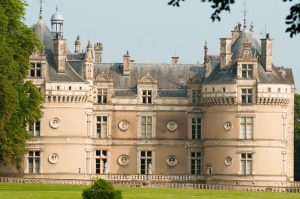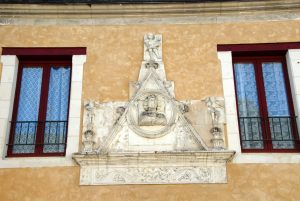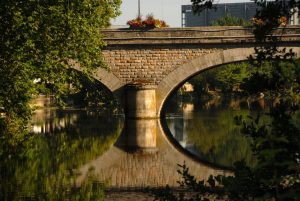Le Lude takes its name from the Latin lucius, meaning "clear" or "bright", as if to indicate that the town was built in the heart of a clearing or deforested area. Although the site has been occupied since Neolithic times, and was crossed by Gallo-Roman roads, it was not until the Middle Ages that the town was really founded on the banks of the Loir. Faced with repeated Viking invasions that destroyed the church, Le Lude was equipped with a motte surrounded by palisades and ditches. Situated on a strategic point, the town turned to the Angevins, giving sanctuary to Foulques Nerra, Count of Anjou, in 1027. Between the 11th and 13th centuries, the town underwent significant development, with the reconstruction of the church, the building of a masonry fortress (now Château du Lude) and the increasing number of craftsmen, merchants and religious figures who gradually shaped the town. Le Lude was devastated by the ravages of the Hundred Years' War. In 1457, the castle was sold to Jean de Daillon, a close associate of the royal court, marking the beginning of the town's golden age. The rebuilding of the fortress in the Renaissance style favoured by François I elevated the town to the status of a county, while tanners and cheesecloth makers made the town famous in the 16th and 17th centuries.
Visit
- Groups from 10 to 50 people.
Languages visit
- French

